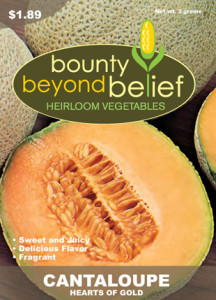Tweaking Your Tomatoes
Try These Two Tomato Growing Tips
by Sandy Swegel
The harvest season is going strong and it’s a good time to look around and notice what garden “tweaks” might have worked this year. By tweaks I mean the new techniques I might have tried, or tips my neighbors gave me or even changes in location, sun or water. Tomatoes are pretty much the most important crop in the home garden, at least from the perspective of pride and bragging rights.
Because I help several of my clients with their gardens, I have the advantage of being able to compare techniques in different locations under different conditions. You can do this in your own garden by doing “controls” like in a science experiment. You plant some plants in a new way and some plants like you always have. Here are two tweaks I tried this year that were wildly successful and are now part of “How I Grow Tomatoes.”
BIG HOLE. Wider and Deeper. I’ve always know tomatoes needed a big hole with compost and manure. This year I was really worried about two different gardens…one was a new garden on not great soil and one was an established garden where the tomatoes didn’t do very well at all last year. What I did, made the biggest strongest earliest tomatoes I have ever grown.
The holes were big…at least a five-gallon pot size. I always think I dig a big hole, but this time I made sure that a five-gallon pot could fit in the hole before I pronounced it big enough. I filled the hole halfway with compost and composted manure and then mixed in some soil. At the base of the hole, I spread a huge handful of Alpha One Organic Fertilizer full of blood meal, bone meal, cottonseed meal and alfalfa meal. I filled the hole with water. I removed all but two or three of the transplant’s leaves and planted it up to its neck and filled in with the soil compost mix. I drenched everything with water again. It looked pretty goofy – such a big hole for two leaves – but the eight tomatoes in each location that I planted like this loved having their roots directly in such a well-fed pre-watered environment. Control tomatoes where I put equivalent amounts of food mixed in the soil in general or on the surface did well, but not as amazingly well. I don’t think this would work with synthetic fertilizer because the roots might burn. More food, more loose soil for air and more water to penetrate, all paid off.
Break the Soil Fungus and Disease Cycle. Lots of tomato diseases last year and a wet spring mean a lot of diseases this year. I learned that fungi overwinter in the soil and then spread to the plant when rain or water splashes soil up to the leaves. Early in the season when the tomato plant was small, I kept the soil surface covered with dry grass clippings or newspaper. As soon as the plant was a couple feet tall, I started pulling off lower leaves so the bottom six to eight inches of the stem was bare. I kept mulching low and dry on the surface. Keeping the leaves trimmed up and not letting foliage from higher up fall over, kept the air flowing too. These plants had fewer fungus problems than control tomatoes.
The other ruthless thing I did was change my attitude of letting a sickly looking plant stay for another week to see if it improved. With tomato viruses and bacterial blights rampant this year, I planted more tomato plants than I needed and immediately yanked any plant that showed classic wilting symptoms. It helped that I planted at least two plants each of my favorite varieties so I didn’t have to throw out the only plant of my favorite in the world Black Krim Tomato.
If you had tweaks to your tomatoes this year, let us know. We’re taking ideas to try next season. It’s a matter of pride and bragging rights.


